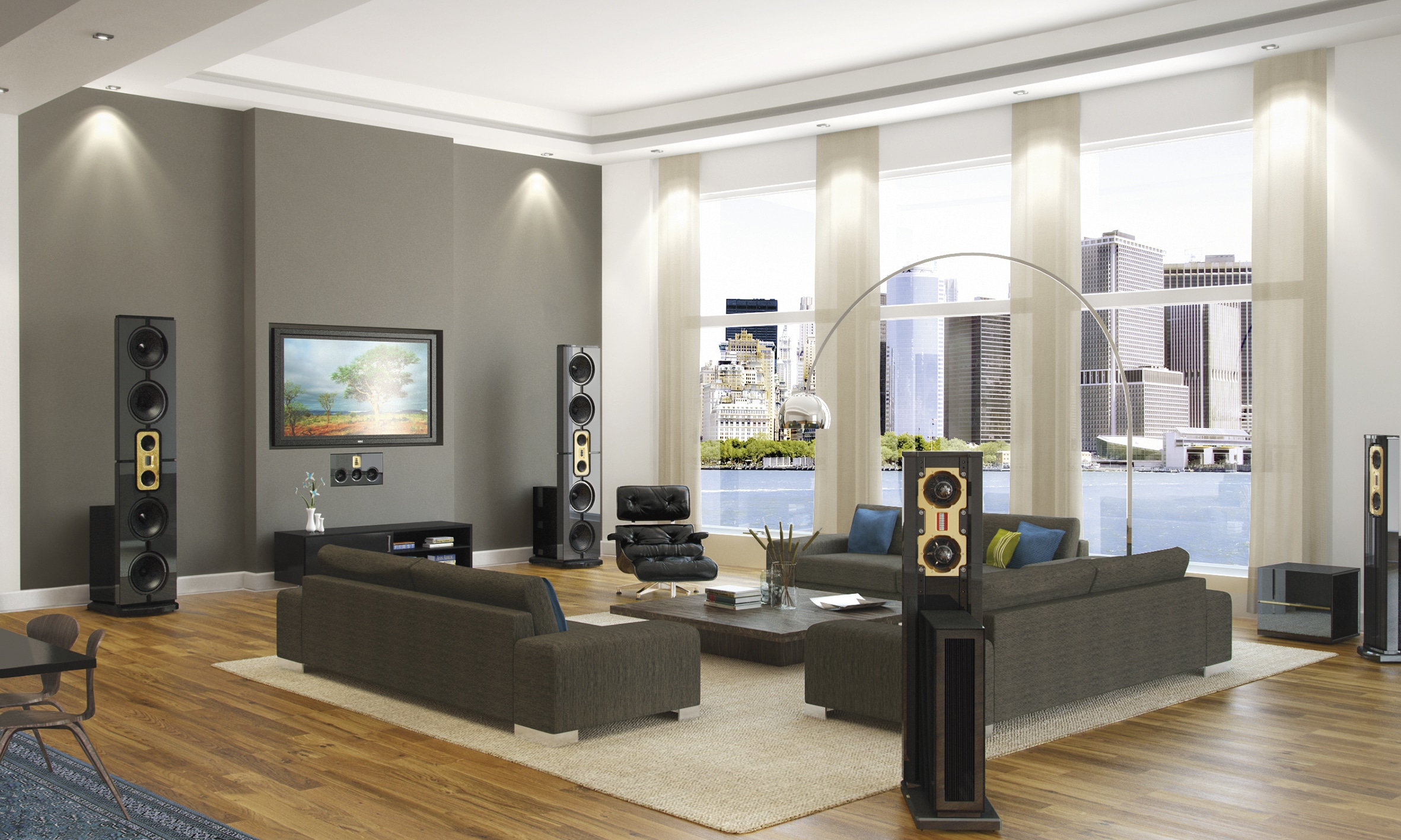When it comes to building a home entertainment system or enhancing your music listening experience, stereo system speakers play a pivotal role. The quality of your speakers can significantly affect how you perceive sound—whether it’s the crisp clarity of a high-pitched note, the deep rumble of bass, or the immersive surround experience that brings movies and games to life. In this article, we will explore the different types of home audio systems, their components, how to choose the right ones, and tips for optimizing their performance.
What Are Stereo System Speakers?
At its core, a stereo system is a sound reproduction system designed to create a more lifelike or spatial sound experience. Stereo system speakers are the physical units that convert electrical signals into audible sound. They typically come in pairs, with each speaker reproducing different channels of sound—usually left and right—giving you a more dynamic listening experience compared to mono sound systems.
Types of Stereo System Speakers
There are several types of stereo speakers, each designed to serve different purposes and offer varied sound profiles. The primary types include:
1. Bookshelf Speakers
Bookshelf speakers are compact and versatile. As the name suggests, they can sit on a shelf, table, or stand, and they are popular for their ability to deliver clear, well-balanced sound without taking up much space. They are ideal for small to medium-sized rooms where space is a concern but sound quality is still a priority.
- Advantages: Space-efficient, excellent sound for the size, versatile.
- Limitations: They may not produce as deep bass as larger speakers.
2. Floorstanding (Tower) Speakers
Floorstanding speakers, also known as tower speakers, are larger, standalone units that are designed to sit directly on the floor. These speakers tend to provide more powerful and fuller sound due to their larger drivers and bigger enclosures. They are ideal for larger rooms or dedicated home theaters where a more immersive sound experience is needed.
- Advantages: Powerful sound, deep bass, impressive volume and clarity.
- Limitations: Larger footprint, pricier.
3. Satellite Speakers
Satellite speakers are small, lightweight speakers often used in conjunction with a subwoofer to create a surround sound setup. They are typically part of a 5.1 or 7.1 home theater system. Although they cannot deliver the deep bass of a subwoofer or the full-range sound of larger speakers, they excel in producing midrange and high frequencies.
- Advantages: Compact, ideal for surround sound systems.
- Limitations: Limited bass output, require a subwoofer for a full-range experience.
4. Subwoofers
Subwoofers are specialized speakers designed to reproduce low-frequency sounds (bass). While they are not typically used on their own, they are crucial for adding depth to music and cinematic soundtracks. A subwoofer complements the other speakers in a system by handling the bass frequencies, allowing the other speakers to focus on midrange and treble.
- Advantages: Powerful, deep bass, adds rumble to music and movies.
- Limitations: Requires other speakers for a balanced sound experience.
5. In-Wall and In-Ceiling Speakers
For a more discreet setup, in-wall and in-ceiling speakers are integrated directly into the walls or ceiling of a room. These are ideal for people who want to achieve high-quality sound without the visual clutter of traditional speakers. They are often used in home theaters or multi-room audio systems.
- Advantages: Discreet, saves space, clean aesthetic.
- Limitations: Installation can be more complex, sound quality may vary depending on installation.
Key Components of Stereo System Speakers
Stereo system speakers consist of several key components, each contributing to the overall sound quality:
- Drivers
- The driver is the part of the speaker that produces sound. There are different types of drivers for different frequency ranges:
- Woofer: Handles low frequencies (bass).
- Mid-range driver: Handles mid frequencies (vocals, instruments).
- Tweeter: Handles high frequencies (treble, high-pitched notes).
- The driver is the part of the speaker that produces sound. There are different types of drivers for different frequency ranges:
- Crossover
- The crossover is an electronic filter that divides the audio signal into different frequency ranges, directing them to the appropriate drivers. A well-designed crossover ensures that the woofer, midrange, and tweeter work harmoniously.
- Enclosure (Cabinet)
- The speaker enclosure houses the drivers and plays a critical role in shaping the sound. A well-constructed cabinet can minimize distortion and resonate in a way that enhances the overall audio experience. Materials and design (such as ported vs. sealed enclosures) impact how the speaker sounds.
- Amplifier
- While not part of the speaker itself, the amplifier is a crucial component of any stereo system. It boosts the signal sent to the speakers, ensuring they produce clear, high-quality sound without distortion.
